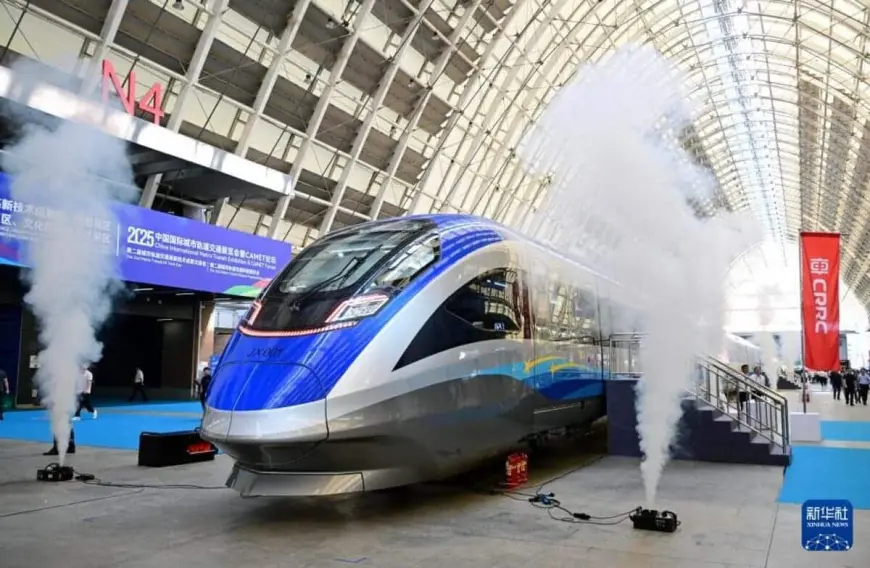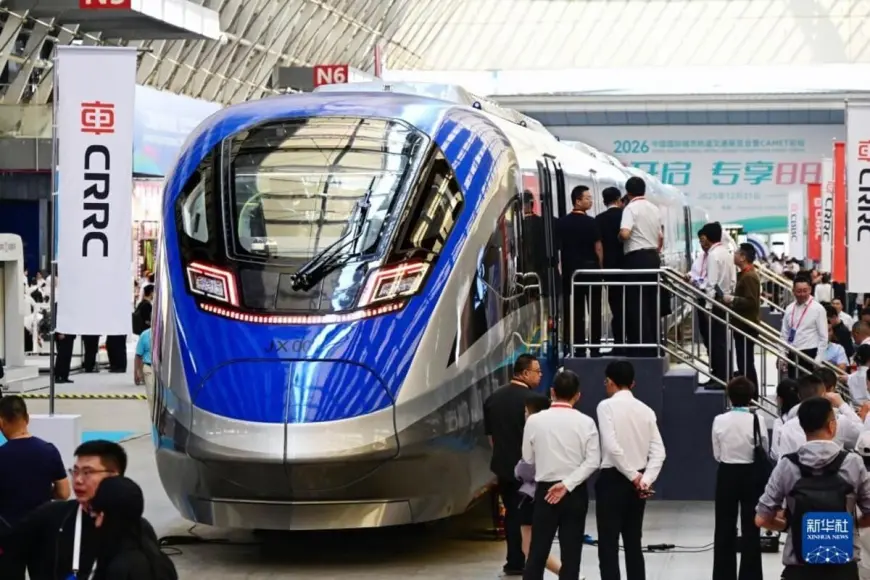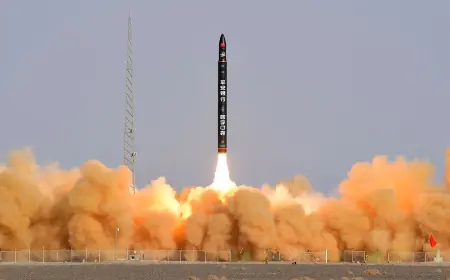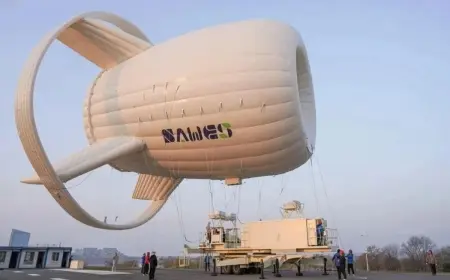China unveils the world's fastest automated train
In Xiong’an district of Qingdao, Shandong Province (eastern China), the world’s fastest automated rail train was officially unveiled. The new model can reach speeds of up to 200 km/h and is part of a new generation of intelligent transportation.
Fully autonomous control system
The train is equipped with a GoA4 (Grade of Automation 4) system — the highest level of automation in railway transport, enabling fully driverless operation via artificial intelligence. Although it includes a driver’s cabin, it is expected that operators will be present initially for monitoring.
With the implementation of GoA4, this becomes China’s first fully automated train and the fastest automated train in the world. The integrated smart system collects and analyzes data in real-time, even at high speeds and over long distances, and makes autonomous decisions. This has reduced failure probability by over 95%.
Safety and technology
The design prioritizes safety. The train includes a backup monitoring system with over 2,900 sensors that track the condition of wheels, traction, and braking systems in real-time, reacting to malfunctions within milliseconds.
A unified maintenance system using digital twin technology and AI predicts breakdowns and helps plan repairs in advance.
Passive safety is also enhanced — new impact-absorbing elements and energy-dissipating structures have doubled the train's crash resistance.
Aerodynamics and efficiency
The train's body has been redesigned: variable cross-section air ducts reduce resistance, while protective coverings for moving parts lower turbulence.
The design also improves cost-efficiency — over 200 spare part types have been standardized, and smart diagnostics help optimize maintenance schedules and lower life-cycle costs.
New route and plans
The train will operate on the Beijing–Xiong’an Express line, connecting Xiong’an with Beijing Daxing International Airport. After launch, it will provide 30-minute service to the airport and 60-minute service to the Lize business district — a major step toward building the Beijing–Xiong’an one-hour transport loop.





























